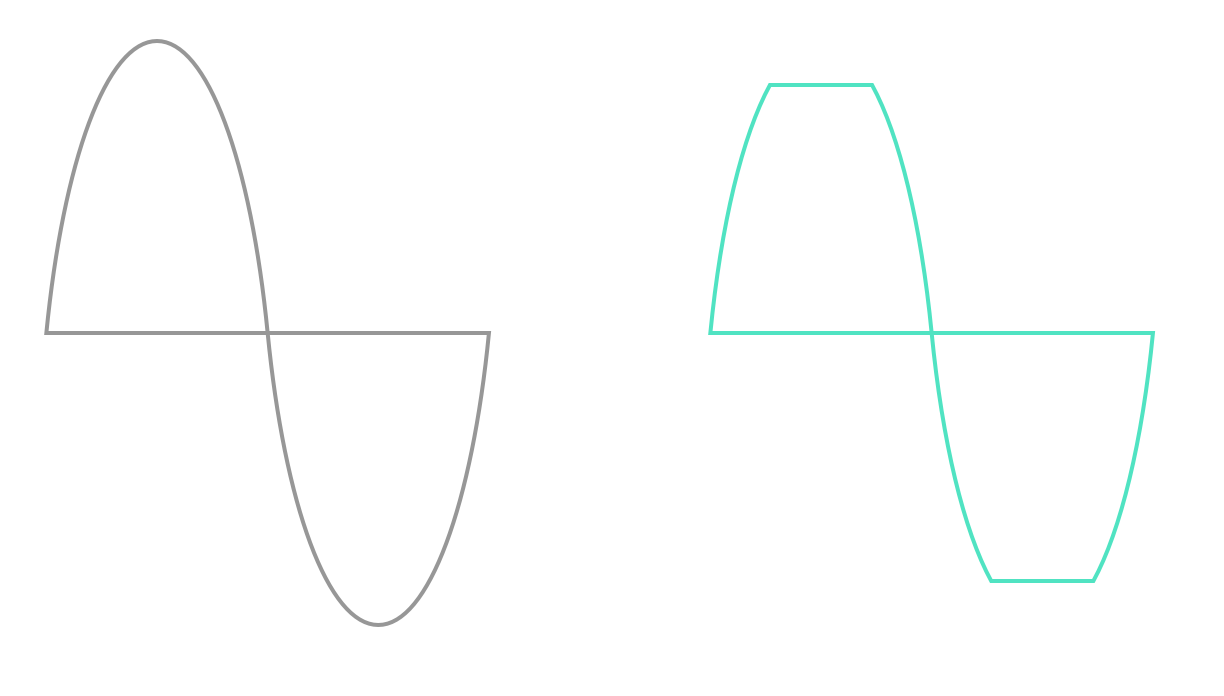Lets have a look at the following circuit:
(Input waveform is sinusoidal and Vpp would be ~32V)

The input waveform should represent an AC Source from a transformer (230VAC/12VAC).
The circuit should automatically disconnect the load (between the two open points in the schematic) if the load draws more than 500mA.
As you can see, there is a relay which does the job.
Now imagine a short circuit in the load. Let's say the resistance of the load is 1mOhm:

Since RL is practically a dead short, the voltage across the shunt resistor will be the full waveform. And since the shunt resistor voltage is amplified by an op-amp, there is a problem because the op-amp supply is +/-5V! (The input voltage should never exceed the opamp's supply range!)
But since I never allow the load to draw more than 500mA, the voltage across Rshunt should really never exceed 0.5V. But since the circuitry has a lag, there will be a short voltage spike on the op's input.
Now, how to solve this problem? I don't want to rely on my circuit behind the op.
One "quick and dirty" solution which came to my mind was using two diodes antiparallel like this:

The voltage across Rshunt should now never exceed +/- 0.7V which is fine by me, because 0.5V is the detection limit. (0.5V = 500mA through RL).
But is there a better way to "cut off" upper voltage limits? For example let's say I want to cut off an AC frequency to an upper limit of 5V and a under limit of -5V, is this possible with diodes too?
As said, 0.7V is okay but not perfect because it's very close to my 0.5V limit...
BTW: Here is a small illustration of what I meant:

(Left: input voltage, right: desired "clamped" voltage)
EDIT:
As two gave me also feedback on the "Overcurrent Protection" Subcircuit, I'll poste it here:
(UB+ of opamp here is 5V and UB- is 0V)


RLis actually the load connected to my circuit,Rshuntis to determite the current flow through the load. \$\endgroup\$